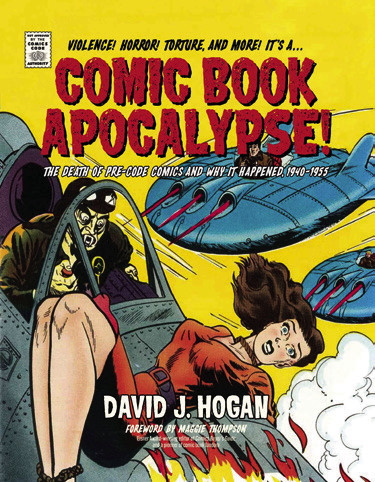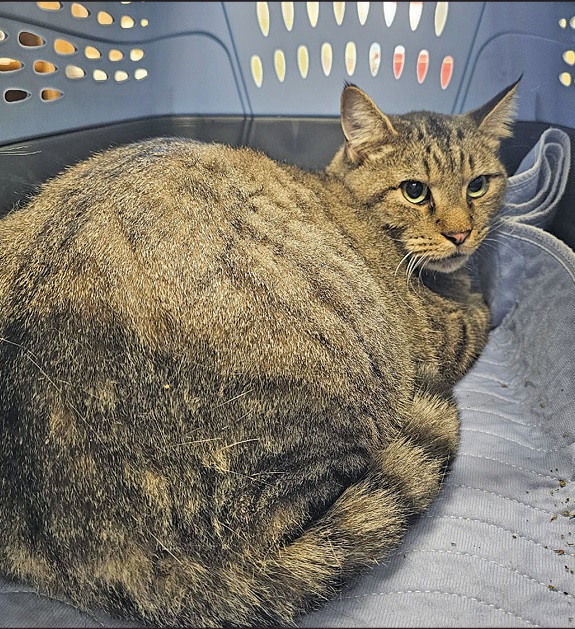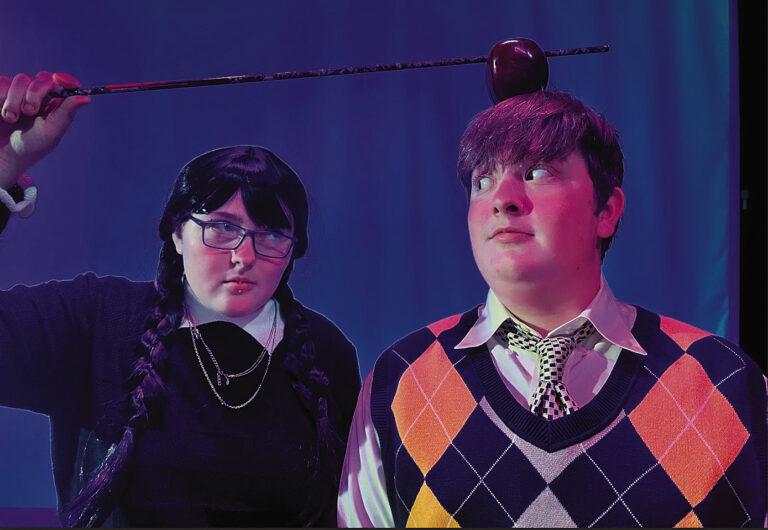BANG! ZOOM! POW!
When you were a kid faced with a rainy summer afternoon, those words, found inside an 8- or 10-inch-high stack of comic books, kept you occupied. You traded them, read ’em once, twice, 10 times, whatever, the story was just as good each time. And as in the new book “ Comic Book Apocalypse! by David J. Hogan, the illustrations were just as fun.
Comic books began to appear in the 1930s, and it didn’t take long for adults to just assume that they were aimed at kids. And that was true, to a point – kids thrilled to the heroism of Superman and others like him but the same year the Man of Steel made his debut, the first “comics code” was established by grown-ups “to manage” comics’ content. This spurred some publishers to voluntarily reduce the overall violence and gore of their publications, while others instead made strategic edits and seemed to embrace comic books’ “low culture” reputation.
Between 1940 and the mid 1950s, says Hogan, there were nine main categories of comic book that often came under fire.
The “ Superhero Comics” included Superman, and became a “phenomenon” partly because of World War II, on which readers were focused. Who doesn’t want a little super heroism at a time like that?
The war contributed to an interest in true crime comics, which also tapped into America’s fascination with organized crime; there were, of course, comics about the war itself. William M. Gaines, who later created MAD Magazine, was one of the bigger forces behind horror comics. Science fiction was a growing category in books but, says Hogan, was “minuscule in contrast to the other kinds of comic books.” Teen girls devoured romance comics, which were often lurid and were relatively short-lived; teens also loved humor comics, including the Archie franchise. There was a now-shocking amount of racism in “ The Jungle Comics.” And then there were the comics aimed at kids: the
westerns and the “funny animal” funny- books.
So how many times over the years have you thought about the pile of comic books you left tucked away beneath your bed or in your closet? How many did Mom throw away after you moved out? “Comic Book Apocalypse!” helps you remember them all.
Staying roughly within nine categories, author David J. Hogan shares insider information and pages and pages of great stories about the heyday of pre-Code comics, which is what collectors will want. Reading it’s like talking to an expert at a comics conference booth. So enjoyable.
But the pictures! Hogan includes hundreds of reproductions here, of comic books in all their glorious colors, from blood-and-guts of war and horror comics, to goofy teen covers and the semi-explicit ones that made Mom cringe.
That makes this a book to savor, to browse and read and browse and remember. If you’ve got boxes of archival bags of comics stored carefully on shelves in a moisture-free area, you’ll love this book. If nostalgia is more your thing, “Comic Book Apocalypse!” brings your childhood zooming back.
— The Bookworm Sez




